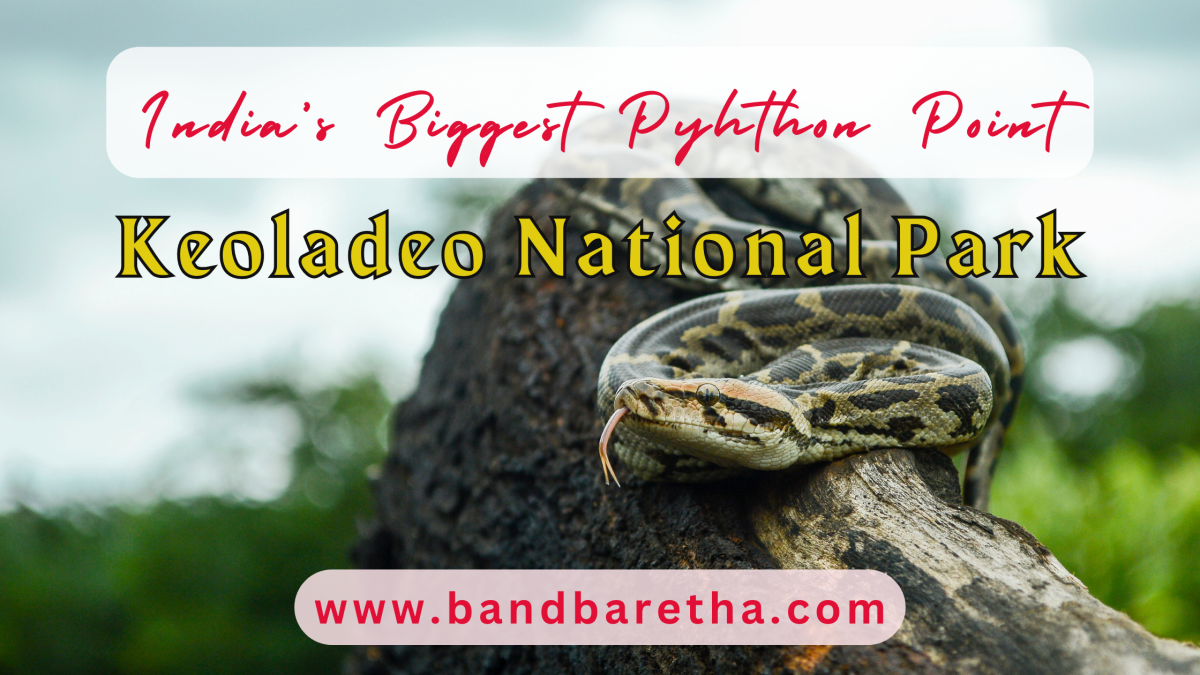India’s Biggest Python Point

Jun 7, 2024
India’s Biggest Python Point
Nestled within the Keoladeo National Park in Bharatpur, Rajasthan lies India’s largest python sanctuary. Often overshadowed by the park’s diverse avian population, this sanctuary boasts an impressive number of rock pythons, making it a haven for reptile enthusiasts and nature lovers alike.
Experts reveal that Keoladeo National Park harbors the highest concentration of pythons in India, with over 600 individuals thriving within its eco-friendly confines. The sanctuary’s conducive ecological conditions, including ample food sources and secure habitat, have contributed to the flourishing python population.
What sets this sanctuary apart is its unparalleled biodiversity, which supports a thriving ecosystem for these majestic reptiles. With wetlands and marshy areas providing abundant prey and shelter, pythons have thrived in this region for centuries.
Snake catchers, who have dedicated their lives to rescuing these magnificent creatures, attest to the sanctuary’s significance. Every year, an average of 200 pythons are rescued from various locations within the park, highlighting the sanctuary’s vital role in python conservation.
Rock pythons, known for their impressive size ranging from 18 to 21 feet in length, can live up to 16 years in the wild. These apex predators play a crucial role in maintaining the park’s ecological balance, making them an integral part of the local ecosystem.
Despite their formidable reputation, pythons are not aggressive towards humans and prefer to avoid confrontation. Instead, they play a vital role in controlling rodent populations, thereby preventing crop damage and maintaining ecosystem health.
As visitors explore the lush landscapes of Keoladeo National Park, they may catch a glimpse of these magnificent creatures basking in the sun or gliding stealthily through the undergrowth. Witnessing India’s largest python sanctuary in action offers a rare opportunity to appreciate the wonders of nature and the importance of preserving fragile ecosystems for future generations.

